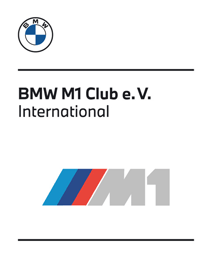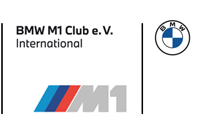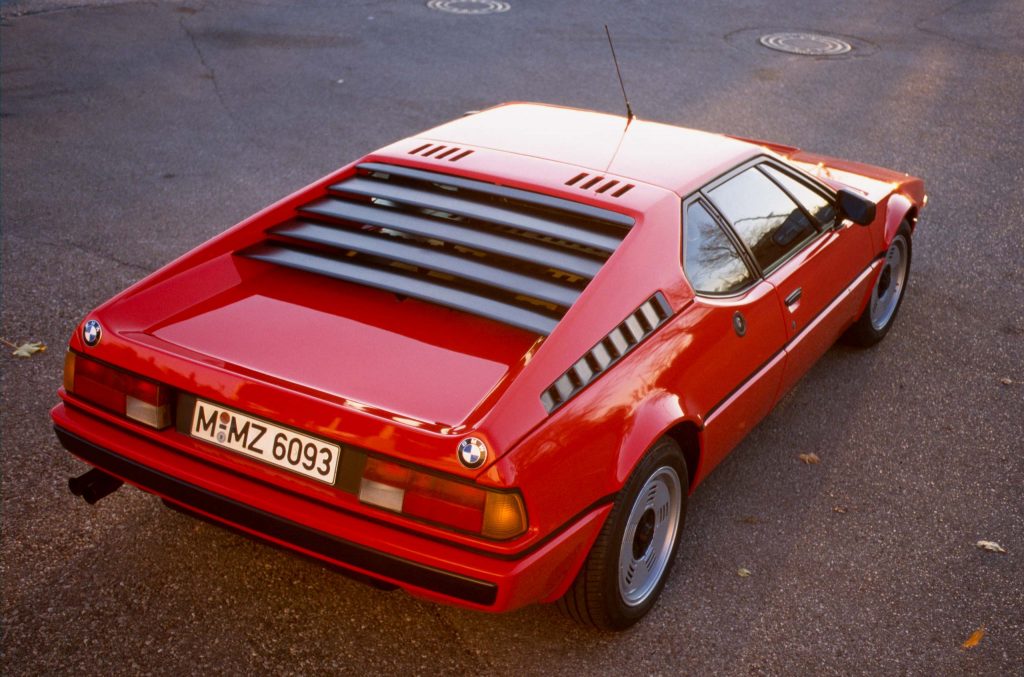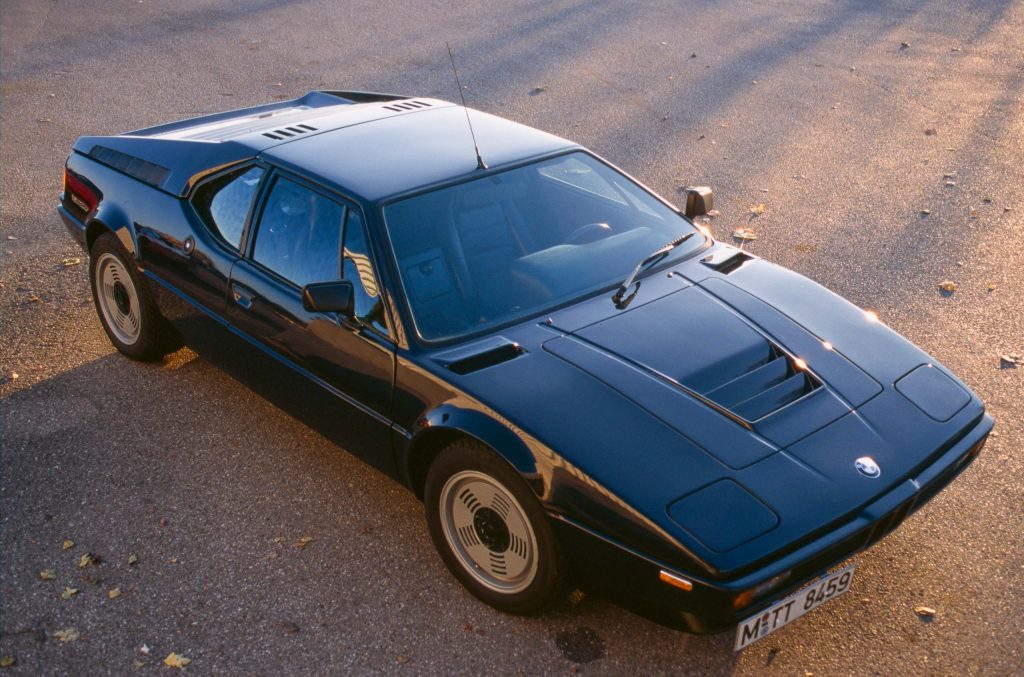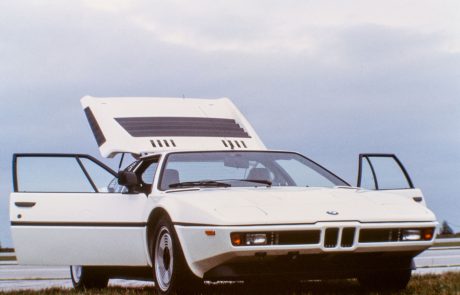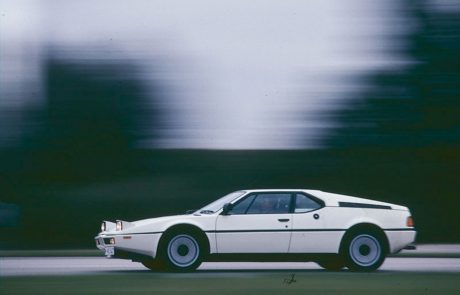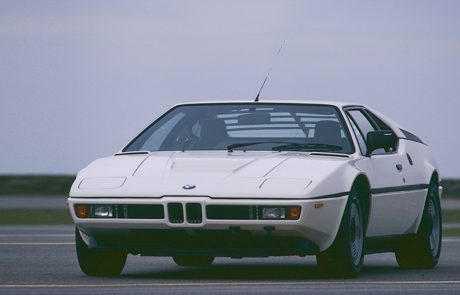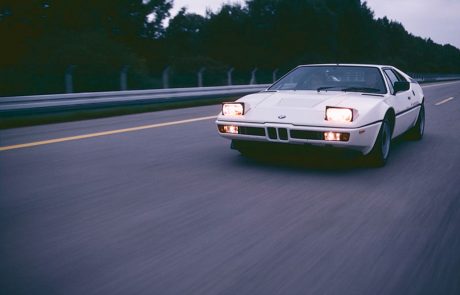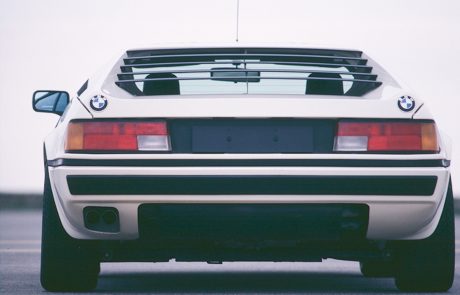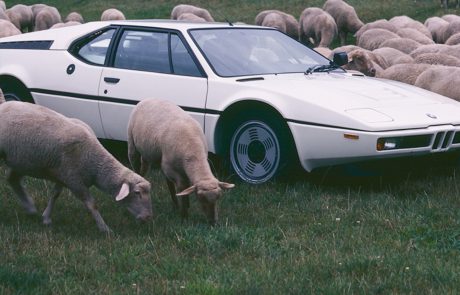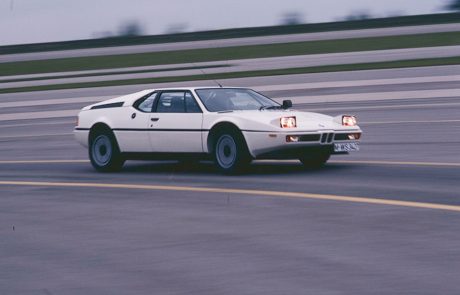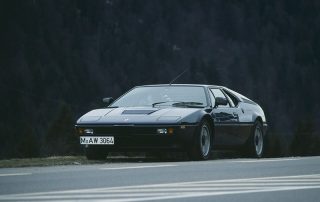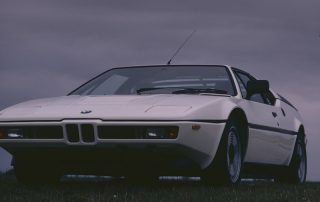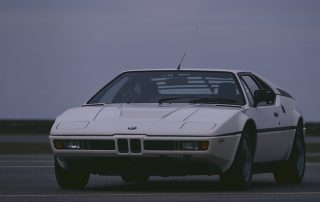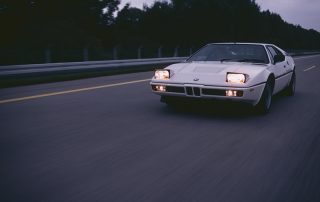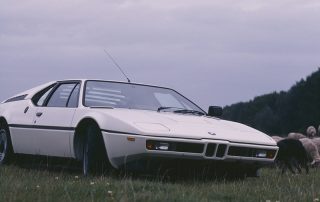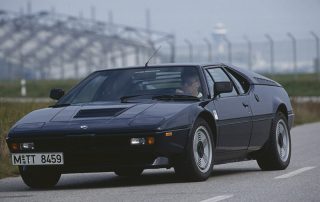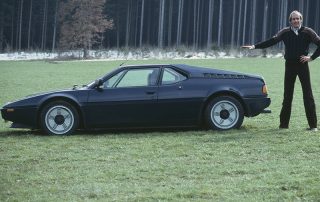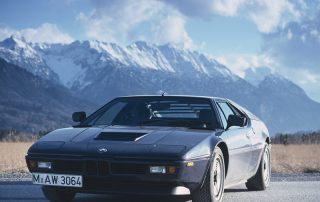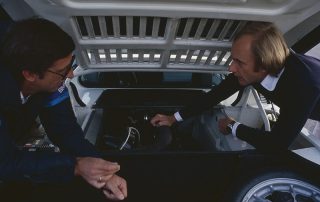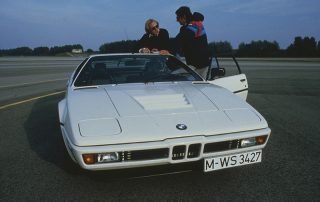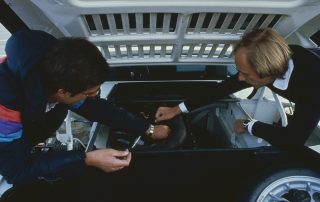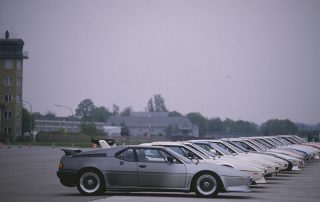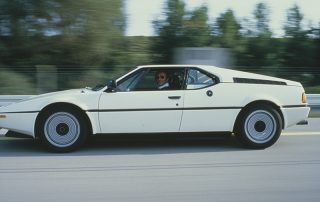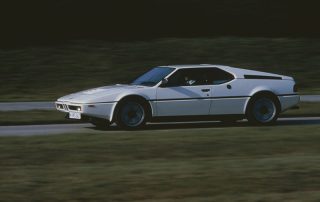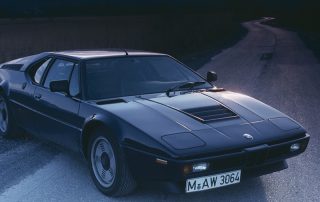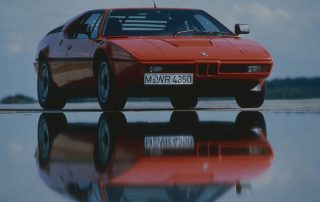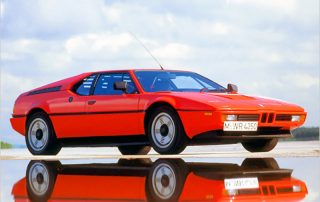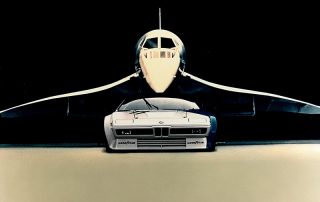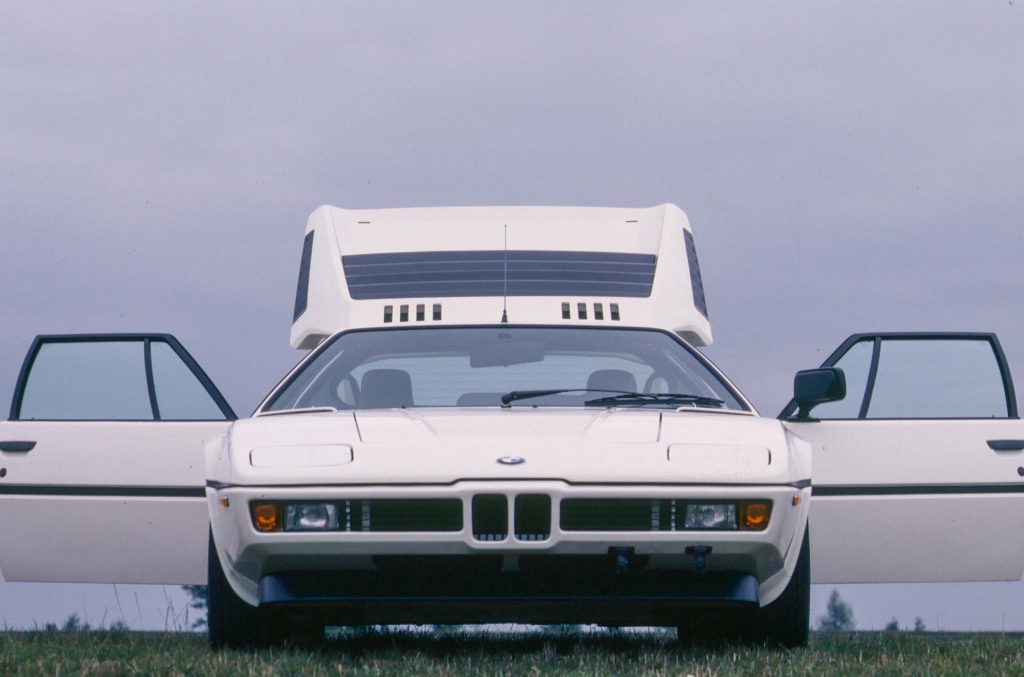The project E26
The concept
The M1 is one of the rare examples of an automobile, where the race version has been the model for the road version. The technical implementation of the requirements for the race version can be found in every single roadgoing M1. The suspension – for example – was designed for engines ranging from 277 hp to 950 hp power output without major modifications.
Motivation
What triggered BMW in 1975 to build a genuine racing coupé? The reasons are to be found – following the initial idea mentioned before – in motorsports. The 400 road versions of the BMW M1 were built due to homologation criteria. Aiming at customers loyal to Lotus, Ferrari and Aston Martin, the goal was to sell 400 road versions within 24 months in order to fulfill the homologation requirement. In the initial phase of the project the decision makers within BMW assumed to reach that target by spring 1978. Doubts are justifiable whether BMW has ever earned money with the BMW M1. As far as image is concerned the positive effect of the M1 project is still visible – 20 years later – right through to our days.
The projekt E26
During the Geneva Motorshow in Spring 1977 rumours roaming around for quite some time were finally confirmed. BMW worked on a new car which was sure to be something very special. Internally the project was named E26. Time was short. Furthermore the target volume of 800 was too small for the conventional production methods BMW had mastered over the years before. External partners were required, and BMW found them in northern Italy. Relying on past experience gained during cooperations in the beginning of the 70s, Lamborghini and Michelotti were chosen as partners for the project. Giorgetto Giugiaro, who worked for ItalDesign designed the bodywork of the bavarian exotic. Lamborghini was supposed to – together with the BMW Motorsport GmbH – care for construction and assembly of the BMW M1. Power supply, core competency of BMW, remained BMW work, in the persons of Martin Braungart and Paul Rosche. Eight- and Twelve-Cylinder engines were discussed. Economic reasons decided on the redesign of the existing M90-engine. In the end, however, only the block found its way into the BMW M1. The result was called M88-engine, incorporating a newly developed cylinder head featuring mechanical fuel-injection and dry-sump lubrication. Approval was eventually given – as late as mid 1977.
Setbacks
Beside the developement of the engine there was another flaw leading to problems in keeping up the schedule. Lamborghini had steered into economic problems. Despite high quality and competency, the partnership had to be canceled during the most important phase. The company was on the edge of closing down, when shortly before the occupation by the workers, the finished bodies were put on trucks at night and taken back to Germany on the very last minute. After the drop-out of the production capacities with Lamborghini, Baur in Stuttgart signed for the final assembly in the following. Nevertheless the new constellation was lacking the binding element between the parts suppliers and Baur. In the meantime a number of former Lamborghini-engineers had founded a project group called “Italengineering”, less than ten kilometers away from the old Lamborghini site. They offered to continue the M1-project and were approved and asked to do so by BMW. The chain was fixed again.
Partners
Five hands touched the M1 through to its final assembly. Marchesi in Modena produced the frame following Lamborghini-guidelines. The glassfibre bodywork was delivered by T.I.R. near Modena, among their customers Ferrari. Both components were married by ItalDesign. After that most of the features were added to the bodywork including dashboard and parts of the interior. From that point on Baur was responsible for the final assembly of the road-version of the M1. After implanting the engine and the remaining components the cars were handed over to the Motorsport GmbH. It was not before February 1979 until the first M1 was delivered to the customer.
Results
The road version of the BMW M1 came too late for a homologation for the group 4 racing series. Reasons can be found in the engine-developement and the resignation of the most important partner – Lamborghini. After the initial hype a lot of customers were disappointed, and sales was not capable of reaching the planned goal of 800 units. It was not until the Procar series appeared on the scene in 1979 that this trend could be corrected. Nevertheless in the beginning of February 1981 the 453rd and at the same time last BMW M1 left the production line.
